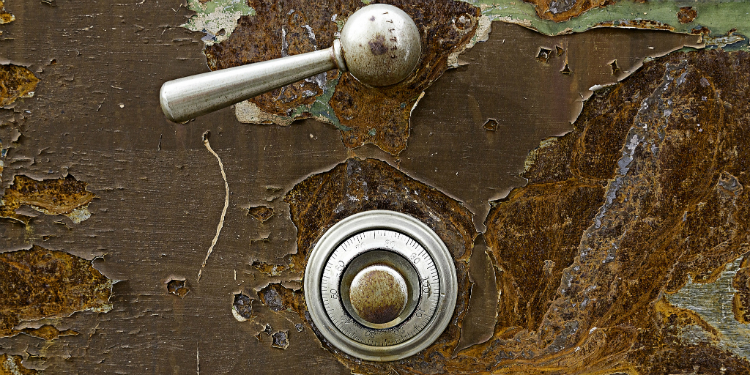10 tips for insuring your collection

Safe. Image Courtesy of Jim Sage
Amazingly, many serious collectors are yet to get serious about their insurance. With plenty of specialist cover on offer, now is the time to make sure your work is adequately covered. Here are Private Art Investor’s top 10 tips.
- Shop around. This is currently a buyers’ market. “There is a glut of insurance capacity, particularly for this class,” says Andrew Mitchell, art underwriter for Hiscox. “The desire for that capacity to enter the market is driven by the benign loss experience in this class of business over the long term – 2012 excepted – and therefore the long term profitability that insurers can generate from this class.”
- Read carefully. When you are looking at specific insurers or specific insurance wordings, pay close attention to the section on how much will be paid in the event of loss and make sure that is appropriate for your needs.
- Make sure you are covered for depreciation in the event of damage. “What you need from a fine art insurance product is payment of an amount in event of loss but more importantly in event of partial damage: you need to be sure that you are going to be reimbursed for the costs of restoration and the depreciation in value following loss,” says Andrew Mitchell, art underwriter for Hiscox.
- Read the exclusions on your policy very carefully. “You need to make sure that in the event that something goes wrong there isn’t an exclusion that stops you making a valid claim,” says Mitchell.
- Make sure your work is insured for the right value. “This is one of the most important things you can do as an art collector,” says Martin Hartley, executive vice president and chief operating officer of US-based member-owned PURE insurance. “This is a real issue in the market today as there is a trend for fluctuating valuations. Some classes of fine art and antiques are stagnant or down, others are rocketing.”
- If you lend your work, ensure it is properly covered. “The collector making the loan needs to make sure that the work is properly insured while it is at the institution, and may also need consultation and help in judging whether that exhibition is going to enhance the provenance and value of the piece,” says Hartley.
- Ask if your insurer provides appreciation coverage. This will mean that if at the time of loss a piece has gone up in value, the amount paid out will reflect this. PURE, for instance, will pay out up to another 50% on top of what the piece was insured for. “We understand that the valuations are not easy to keep up with so we provide this coverage to give some cushion to say if valuations have snuck up on you we will provide that additional coverage,” says Hartley.
- Consider the insurance implications of where you choose to store and display your collection. “As an art collector looking to purchase insurance you are going to find a different level of interest from insurers if all your art is, for example, in California to if it is in Chicago or London or elsewhere, just because of the perceived additional risk from catastrophe,” says Richard Northcott, director of the High Value Cargo division for Pembroke Managing Agency.
- Be aware that your insurer may have difficulty providing capacity for the insurance of art stored in the freeports. “The problem for insurers is that when you’ve got multiple clients all storing valuable works of art you get an accumulation of very high values in one single building,” says Northcott.
- Seek out a specialist broker who will understand your needs. They will be an important ally for any collector seeking to store their work safely. “A specialist broker might be able to tell you that your insurer does have some head room at the moment, and you might be in a position where, if you knew you were going to use Geneva in the future, you might want to secure that capacity now because it might not be available in a few months’ time,” says Northcott.
CategoriesArt Insurance Art Risk